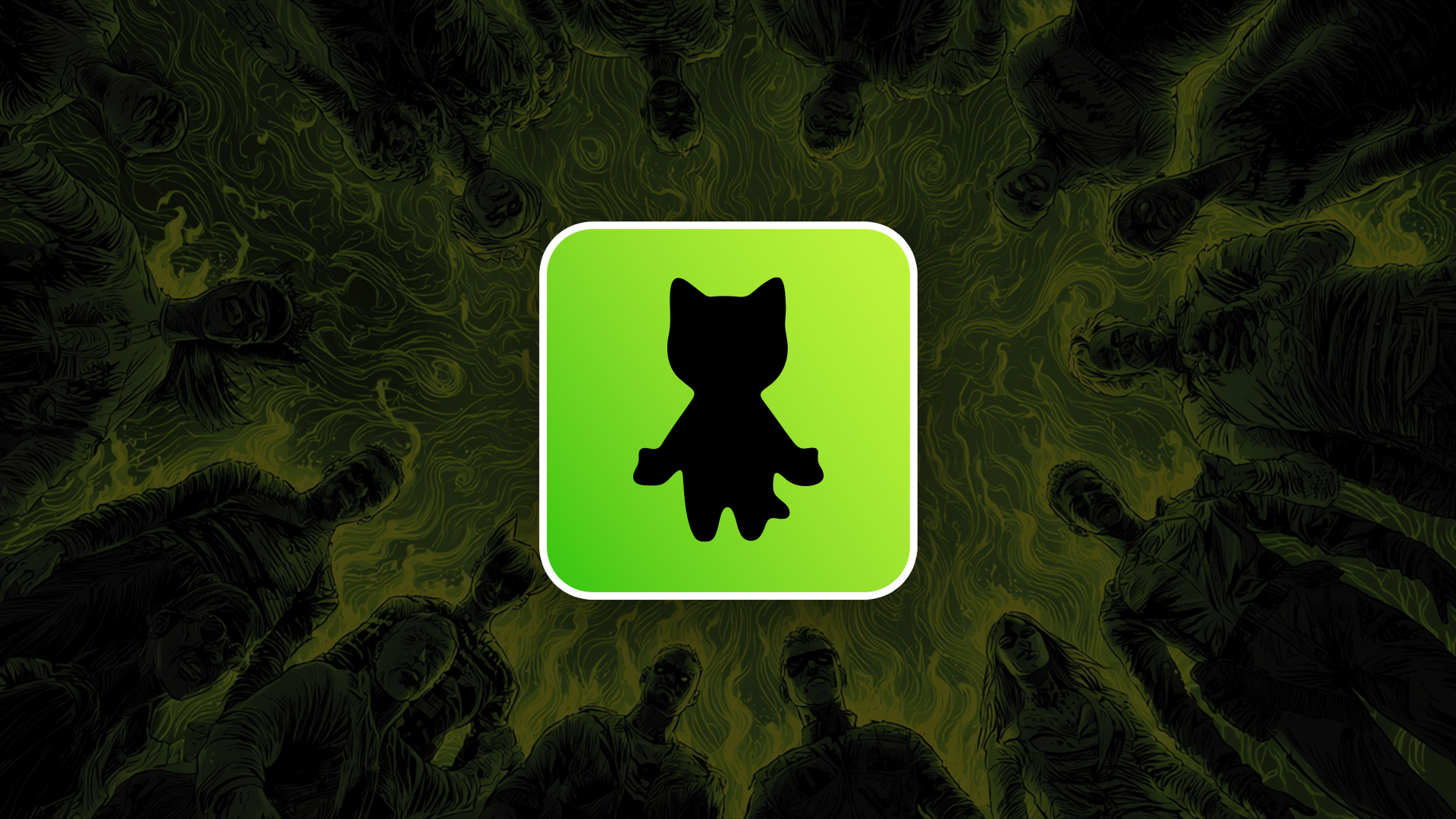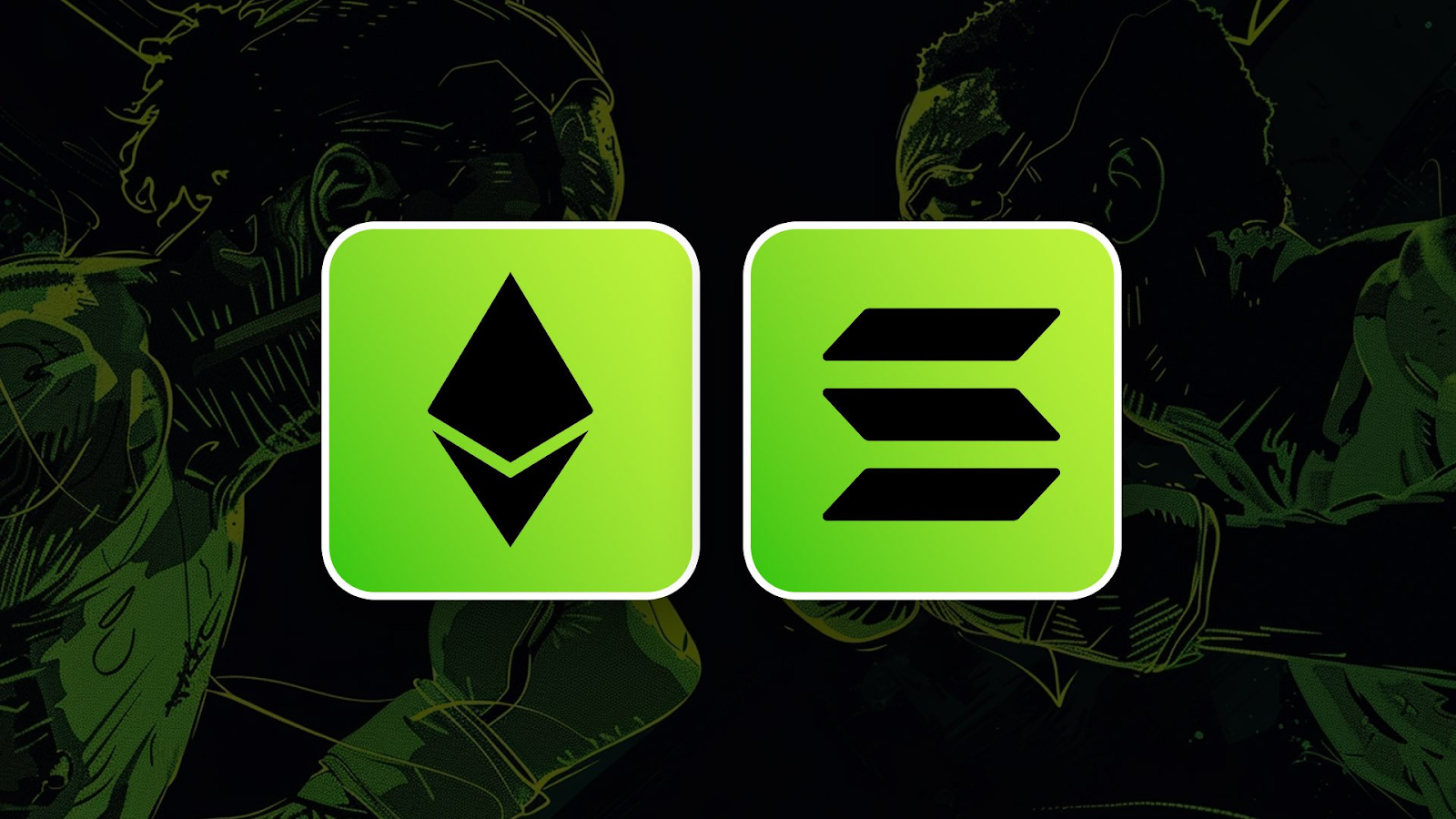
Future of Finance? This is it.If you've been in the cryptocurrency industry for at least a couple months, chances are you've heard of DeFi already. What is it?
In the following report we:
- Explain DeFi
- Breakdown the infrastructure
- Lay down the different sectors of DeFi
DeFi Explained
Financial institutions such as banks, funds and brokerage firms all offer us different products; ones most use everyday. Given that these products are all issued by centralised entities, they all have a single point of failure. They also reduce innovation by promoting post-success complacency and accessibility is often limited to the wealthier individuals.DeFi is offering the exact same base products but in a decentralised manner where self-custody and censorship-resistance reign. Additionally, since most protocols are open-source anyone can contribute or create their own version which promotes constant innovation. The key benefit of DeFi comes from composability which allows developers to create products that would simply be impossible in TradFi (traditional finance). One example of such product is a loan that repays itself.
TradFi is governed by humans whereas DeFi is governed by code.
Disclaimer: THIS IS NOT FINANCIAL NOR INVESTMENT ADVICE. Only you are responsible for any capital-related decisions you make and only you are accountable for the results.
The Infrastructure
This report will delve into the different sectors/verticals found within the DeFi ecosystem. However, before we go there we'll need to talk about where DeFi is housed.DeFi applications need somewhere to live, somewhere where users can come in and interact with it. Think of iPhone applications, they need be housed somewhere to operate: iOS. In the case of dApps, it's a blockchain that supports smart contracts - the most popular of which is Ethereum.
There are many blockchains offering a home for DeFi:
- Ethereum has the major market share and has been around the longest.
- Solana is slowly seeing an increase in products available on top of it.
- Binance Smart Chain also has DeFi apps but is highly centralised which is controversial so far.
- Other chains promise smart contract capabilities but don't deliver - truly a wild west out here.
The question to always ask is: where do these tokens' value accrue from? In most cases, these chains operate on a Proof-of-Stake (PoS) consensus mechanism which follows the rule of "the higher the price per unit, the more secure the network" - because it becomes very expensive to 51% attack it.
The Verticals
Today, we call it decentralised finance, tomorrow it'll just be Finance. As you know there are multiple sectors, types of applications or verticals within finance which we'll break down right here:Vertical 1: Exchanges
Decentralised Exchanges (DEXs) are the decentralised versions of FTX, Binance and Coinbase where users can exchange one token for another. There are two types of DEXs evolving:- Chain-specific: Allows trading/swapping between tokens that live on a single blockchain; such as Uniswap on Ethereum.
- Chain-agnostic: Allows trading/swapping between assets across different blockchains; such as THORChain.
Vertical 2: Lending Markets
Lending and borrowing are one of the most popular financial products on the planet, think of taking a bank loan or using a savings account. This vertical is a crucial part of the financial system and one decentralised example is Aave.Vertical 3: Derivatives Markets
Products that derive their price from spot are called derivatives. The two most popular products are: futures and options. In traditional finance, the derivatives market is said to be in the quadrillions, but this include leverage. In reality, the actual value stood at $12 Trillion in 2019. For comparison, the lending market had a size of roughly $7 Trillion that same year.There is a clear discrepancy within DeFi between lending and derivatives markets as the latter is 10X smaller than the former in terms of TVL, when it clearly is larger in a more mature markets.
Examples of derivative markets are dYdX, Perpetual Protocol and Synthetix (once futures are introduced).
Vertical 4: Fixed Income
When you lend out your funds in DeFi you earn interest but it's variable, what may start as 200% APR on one day may become 5% on the other.This is the next frontier for DeFi: fixed income where users can earn fixed pre-determined yield. There are multiple ways to structure such a product, the most popular two being:
- Fixed Rate Lending: This is the simpler product within fixed income markets and a protocol offering it is: Yield Protocol.
- Interest Rate Swaps: While this product is a derivative, it does fall in line with fixed income as it helps users achieve the same outcome: fixed rate lending. It is difficult to explain IRS in a couple sentences but we'll give you a simplified preview: the basic premise is swapping a variable (or floating) interest rate for a fixed one - a type of hedge that locks in a fixed interest rate. A DeFi protocol working on such a product is: Horizon Finance.
Vertical 5: Insurance
We all hear of hacks and protocol attacks all too often. This is a major obstacle for DeFi and one of the reasons why many people still prefer interacting with TradFi institutions. Imagine having your funds on a certain protocol as you provide liquidity only to see your assets drained due to a smart contract bug or vulnerability. This is where the insurance industry comes into DeFi.The two most popular protocols offering DeFi insurance products are Nexus Mutual and Insurace.
Vertical 6: Asset Management
Last but not least, asset management. The world of funds is a very complex one that includes a high barrier of entry. Hedge funds can be extremely expensive to set up and run which makes it that unless you are raising tens of millions, you're unlikely to meet large success or even longevity. DeFi takes care of this by reducing the set up and running costs - they become integrated in the code rather than completed by humans. There are a few DeFi protocols offering this, such as dHedge, Enzyme Finance (formerly known as Melonport) and Set Protocol.Important Note
The only two verticals that have caught significant traction are chain-specific exchanges and lending markets. The remaining sectors remain in their very early infancy within DeFi which means they offer high potential returns (not financial advice) but that also means they may not see any traction for a few years.We speculate that the next two biggest use cases will be fixed income market and derivatives, the latter would be boosted further by the introduction layer-2 solutions.
100% Success Money Back Guarantee
If our approach doesn’t outperform the overall crypto market during your subscription, we’ll give you a full refund of your membership. No questions asked. For quarterly and monthly subscribers this is applicable once your subscription runs for 6 consecutive months.
Take your next step towards crypto success
$799/year
Get everything you need to actively manage your portfolio and stay ahead. Ideal for investors seeking regular guidance and access to tools that help make informed decisions.
For your security, all orders are processed on a secured server.
What’s included in Pro:
Success Guarantee, if we don’t outperform the market, you get 100% back, no questions asked
24/7 access to experts with 50+ years’ experience
All of our top token picks for 2025
Our latest memecoins pick with 50X potential
On hand technical analysis on any token of your choice
Weekly livestreams & ask us anything with the team
Daily insights on Macro, Mechanics, and On-chain
Curated list of top upcoming airdrops (free money)
Our track record speaks for itself
With over 2.4M tokens and widespread misinformation in crypto, we cut
through the noise and consistently find winning assets.
Frequently Asked Questions
Can I trust Cryptonary's calls?
Yes. We've consistently identified winners across multiple cycles. Bitcoin under $1,000, Ethereum under $70, Solana under $10, WIF from $0.003 to $5, PopCat from $0.004 to $2, SPX blasting past $1.70, and our latest pick has already 200X'd since June 2025. Everything is timestamped and public record.
Do I need to be an experienced trader or investor to benefit?
No. When we founded Cryptonary in 2017 the market was new to everyone. We intentionally created content that was easy to understand and actionable. That foundational principle is the crux of Cryptonary. Taking complex ideas and opportunities and presenting them in a way a 10 year old could understand.
What makes Cryptonary different from free crypto content on YouTube or Twitter?
Signal vs noise. We filter out 99.9% of garbage projects, provide data backed analysis, and have a proven track record of finding winners. Not to mention since Cryptonary's inception in 2017 we have never taken investment, sponsorship or partnership. Compare this to pretty much everyone else, no track record, and a long list of partnerships that cloud judgements.
Why is there no trial or refund policy?
We share highly sensitive, time-critical research. Once it's out, it can't be "returned." That's why membership is annual only. Crypto success takes time and commitment. If someone is not willing to invest 12 months into their future, there is no place for them at Cryptonary.
Do I get direct access to the Cryptonary team?
Yes. You will have 24/7 to the team that bought you BTC at $1,000, ETH at $70, and SOL at $10. Through our community chats, live Q&As, and member only channels, you can ask questions and interact directly with the team. Our team has over 50 years of combined experience which you can tap into every single day.
How often is content updated?
Daily. We provide real-time updates, weekly reports, emergency alerts, and live Q&As when the markets move fast. In crypto, the market moves fast, in Cryptonary, we move faster.
How does the success guarantee work?
If our approach to the market doesn’t beat the overall crypto market during your subscription, we’ll give you a full refund of your membership fee. No questions asked. For quarterly and monthly subscribers this is applicable once your subscription runs for 6 consecutive months.



















